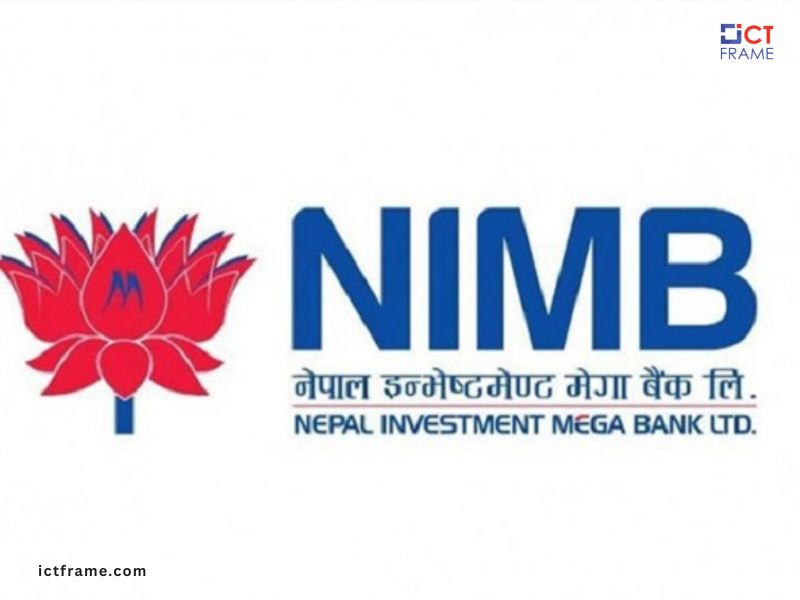Nepal’s Economic Growth Expected to Slow down in FY 2025/26
14th November 2025, Kathmandu
The World Bank’s latest Nepal Development Update projects a significant slowdown in Nepal’s economic growth for the fiscal year (FY) 2025/26, dropping to 2.1 percent from an estimated 4.6 percent in FY 2024/25.
Nepal’s Economic Growth Slowdown
This downward revision is primarily attributed to the economic fallout from the September 2025 unrest and persistent political uncertainty, which has severely impacted business confidence and private sector activity.
The report also provides a forward-looking perspective, anticipating a rebound to 4.7 percent in FY 2026/27, contingent on reconstruction efforts gaining momentum and a stable political transition. Beyond short-term recovery, the update places a crucial emphasis on the need for strengthening public investment management to sustain high long-term growth.
Economic Slowdown and Sectoral Impact
The projected slowdown to 2.1 percent in FY26 is a direct consequence of the recent domestic instability. The services sector, which is a key driver of Nepal’s Gross Domestic Product (GDP), is expected to bear the brunt of the shock.
Services Sector: This sector is expected to see the biggest slowdown, primarily due to a projected sharp decline in international tourist arrivals following the unrest. This directly impacts tourism-related sub-sectors like accommodation, food services, retail trade, and transport. The insurance industry may also be affected by the spillover effects of asset losses incurred during the period of instability.
Industrial and Agriculture Sectors: While hydropower-related industrial activity is anticipated to remain robust, non-hydropower private investment and construction are expected to be constrained by weakened investor confidence. The agriculture sector may also soften due to delayed paddy planting, particularly in the Madhesh Province.
The overall outlook remains highly uncertain, with the trajectory depending heavily on how swiftly and successfully the political transition and government recovery efforts unfold.
Government’s Recovery Measures
In response to the economic setbacks, the Government of Nepal has initiated measures aimed at restoring confidence and accelerating recovery:
- Integrated Business Recovery Plan: This plan is designed to revitalize the private sector by offering grants, tax relief, and operational support.
- Reconstruction Fund: A dedicated fund has been established to finance the repair and restoration of both damaged public and private assets.
- Reprioritization of Public Spending: Public resources are being redirected toward infrastructure rehabilitation efforts and the preparations for upcoming elections.
These initiatives are intended to reinvigorate private sector activity and lay a foundational base for a more resilient economy that can withstand future shocks.
The Imperative for Public Investment Reform
A major structural challenge highlighted by the World Bank report is the weakness in Nepal’s public investment management. The report provides a stark figure:
- Nepal’s capital spending in FY 2023/24 across federal, provincial, and local levels was only 7.9 percent of GDP.
- This figure is far below the 10 to 15 percent of GDP annual investment required to meet the country’s substantial infrastructure goals and unlock its long-term growth potential.
- To boost capital spending efficiency and spur higher sustained growth, the World Bank recommends key systemic reforms focusing on:
- Project Planning and Budgeting: Strengthening the initial stages of project identification and financial allocation.
- Land Acquisition and Procurement: Streamlining processes for land acquisition, tree-cutting, and amending procurement laws and regulations to significantly speed up project delivery.
- Cash Management: Improving the efficiency of cash management within the public financial system.
By addressing these bottlenecks, Nepal can enhance its capacity to execute large-scale infrastructure projects, which is critical for creating jobs, improving connectivity, and achieving national prosperity goals. The Nepal Development Update is published biannually, providing essential data and policy recommendations for stakeholders.
For More: Nepal’s Economic Growth Slowdown








